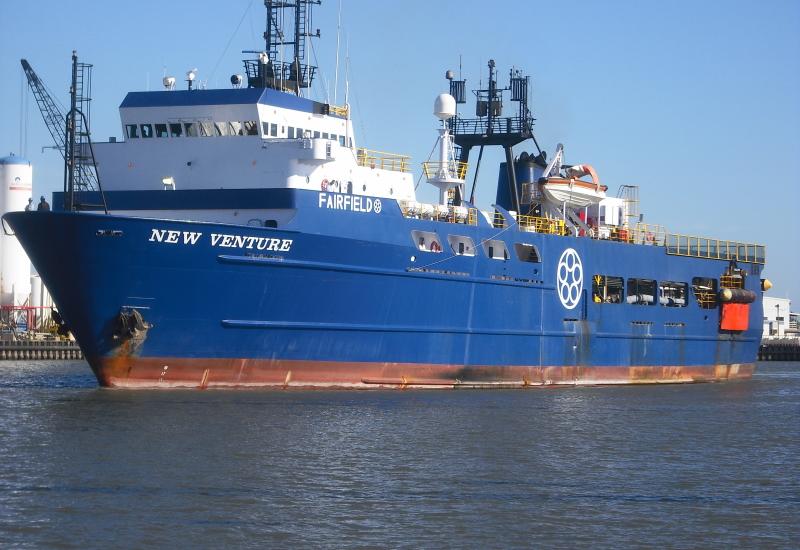What It's Like to be a Mermaid

Weeki Wachee Mermaid
All the mermaids are scuba certified, but they do not wear masks and must be trained to intake air properly.
Courtesy John Athanason
Only a severe lightning storm, a power outage or an alligator on stage will cancel the mermaid shows at Weeki Wachee Springs State Park, an hour’s drive north of Tampa, Florida.
Otherwise, 365 days a year, we cake on makeup and shimmy the velour and Spandex tails over our dive fins, one leg at a time, while sitting next to the entry point to the springs. Then we wait for our cue for the 35-minute show to start — it’s a song, like Jimmy Buffett’s “Mermaid in the Night.” Then we jump into the 74.2-degree water, swimming first to check that our air hoses are in place, 40 feet below the surface.
We breathe from any of 17 thick rubber hoses, connected to high-pressure compressors. Each has a nozzle that acts as an on/off switch. With our index finger and thumb, we control the flow. You don’t draw the air out. If the air stream of a regulator is like water from a garden hose, what we get has the force of what firefighters use.
Breathing takes practice. In the beginning, you choke and get lots of water up your nose. We’re all scuba certified, so we’re comfortable underwater; but still, it’s hard work learning to gulp a full breath in a split-second.
Keep in mind that we don’t wear masks. Everything we see is blurry. We also don’t wear weight belts. We stay neutral by taking a full breath, then exhaling half.
Plus, we fight a current during the entire show: The springs pump out 170 million gallons every day. If our buoyancy is off, a hose is out of place or we miss a stage cue, a director in a control booth talks us through it via underwater speakers. If lightning strikes too close, he taps a metal weight on the glass and signals us with a white paper.
For 10 years I’ve been a full-time mermaid, working 1,000 dives a year alongside yellow-bellied sliders and soft-shell snapping turtles. Everything from the Gulf can swim up the Weeki Wachee River. Manatees will nose right up to you and just stare. They steal the show — but that’s part of what’s great about getting paid to be a mermaid. Every day is a real-life fantasy.

Courtesy John AthanasonAll the mermaids are scuba certified, but they do not wear masks and must be trained to intake air properly.
Only a severe lightning storm, a power outage or an alligator on stage will cancel the mermaid shows at Weeki Wachee Springs State Park, an hour’s drive north of Tampa, Florida.
Otherwise, 365 days a year, we cake on makeup and shimmy the velour and Spandex tails over our dive fins, one leg at a time, while sitting next to the entry point to the springs. Then we wait for our cue for the 35-minute show to start — it’s a song, like Jimmy Buffett’s “Mermaid in the Night.” Then we jump into the 74.2-degree water, swimming first to check that our air hoses are in place, 40 feet below the surface.
We breathe from any of 17 thick rubber hoses, connected to high-pressure compressors. Each has a nozzle that acts as an on/off switch. With our index finger and thumb, we control the flow. You don’t draw the air out. If the air stream of a regulator is like water from a garden hose, what we get has the force of what firefighters use.
Breathing takes practice. In the beginning, you choke and get lots of water up your nose. We’re all scuba certified, so we’re comfortable underwater; but still, it’s hard work learning to gulp a full breath in a split-second.
Keep in mind that we don’t wear masks. Everything we see is blurry. We also don’t wear weight belts. We stay neutral by taking a full breath, then exhaling half.
Plus, we fight a current during the entire show: The springs pump out 170 million gallons every day. If our buoyancy is off, a hose is out of place or we miss a stage cue, a director in a control booth talks us through it via underwater speakers. If lightning strikes too close, he taps a metal weight on the glass and signals us with a white paper.
For 10 years I’ve been a full-time mermaid, working 1,000 dives a year alongside yellow-bellied sliders and soft-shell snapping turtles. Everything from the Gulf can swim up the Weeki Wachee River. Manatees will nose right up to you and just stare. They steal the show — but that’s part of what’s great about getting paid to be a mermaid. Every day is a real-life fantasy.










